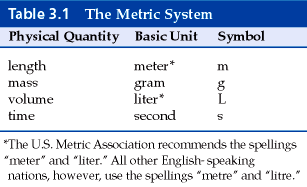Textbook
Scavenger Hunt (will be due on Friday, September 25th):
1) What
is the title of your textbook?
2) Find
the Table of Contents: What is the title of the first chapter?
3) Find Chapter 3, Section 1:
a. What is the title of this Section?
b.
Find the Reading Check on
p. 64; what is the purpose of it?
c.
Find the Blue Question under Figure 3 on
p. 64 (underneath the picture)-- Infer what
its purpose is.
d.
Find the Section Review on
p. 70-- what is the purpose of the Summary?
In what way would the Self Check questions
be helpful to you?
4) The Index:
a. In what part of the textbook would you find the Index?
b. What
kind of information does the Index provide?
c. If you wanted to look up information on Cells,
where would you go to find the pages that have information on this
subject?
5) The Glossary:
a. If you wanted to find the definition of the word atom,
where would you find this information?
b. Why is the Glossary an
important part of the textbook?
6) On
what page does the section Student Resources begin?
7) What
kind of information can be found in the “Science Skills Handbook”?
8) Find
the page that's titled “HOW TO… Use Your Science Book” and answer the following
questions (hint: It’s located just before page 1.)
a. Read the section called “Before You Read.” What is the difference between Review
Vocabulary and New
Vocabulary?
b.What is a
foldable? How does it help you?
c. Now read the section called “As You Read.” What useful information will you find in the margin of your textbook?
d.Then read the sections called “In
Lab” and “Before a Test.” What are 4 key tips that can help you be a
successful test taker?
9) Go back to the Student Resources section: What are the steps of the Scientific
Method?
10) What section is found on page 674? How would this section be helpful?
11)
Look on pp. 60, 92, and 148 and find the “Science Journal”; what kind of
information does the Science Journal provide?
What is a journal?
12)
Find the New Vocabulary section on p. 78-- Where can you find the definitions to these
words? (hint: There are two places in your text where definitions are
located.)











.jpg)
